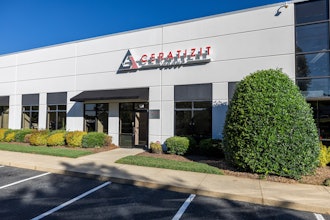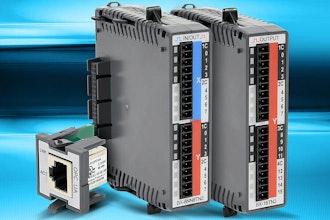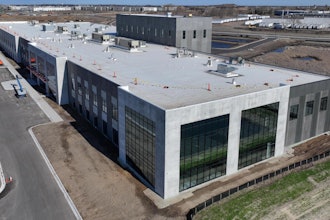Enterprise software companies never met an acronym they didn’t like. GAAP, ISO, ITIL, you name it: if it’s a string of letters representing a standard, that can only mean one thing: “Super, I don’t have to change it for a decade!” After all, it’s hard to modify software. And expensive. And risky. And who wants that kind of headache?
The problem is that process-heavy businesses don’t have the luxury of staying static. They’re constantly dealing with a barrage of regulatory hurdles, performance gaps, and inefficiencies, and have to move quickly to stay competitive. The best-performing organizations choose Continuous Improvement (CI) as the framework for achieving that agility. CI is proven, additive and flexible, and has been used from making automotive manufacturers leaner to making nuclear reactors safer, and everything in between.
But when it comes time to buy or extend software to support a CI initiative, the decision becomes a lot less clear (if you think Excel is acceptable, be careful — you’re playing with fire). Three major categories seem like they might fit the bill, but each has its challenges (disclaimer — my company specializes in CI software, but we’re not the only ones, and these guidelines hold true for all of us):
- Enterprise Resource Planning (ERP) systems are operations-focused, as they should be, but they’re too rigid to cost-effectively include CI principles, whose foundation is rapid, incremental change. ERP is great for processes that need little to no improvement, like GAAP compliance or payroll functions. You don’t need to make sure the number of correct paychecks improves over time; you need to make sure they’re 100 percent correct 100 percent of the time, and ERP systems help you achieve that.
- Quality Management Systems (QMS) are great for ISO compliance, but they were designed by and for Quality teams, with only a passing thought to operations. You can use CI software for QMS functions, but you can’t go the other way.
- Business Process Management (BPM) tools help you optimize your processes, but in the end you still need to find and buy a separate system to execute your improvements. BPM is the professor who spends his time theorizing; CI is the engineer who spends her time doing.
Good CI software incorporates elements from all three systems, because Continuous Improvement happens when you apply Quality principles to Operational needs. Once you accept that principle, you realize that CI software is like an ERP with flexibility, a QMS with scale and a BPM with focus. It lets you define, execute, measure and refine both a process and the data it produces.
Ultimately, CI is about collecting and understanding operational data. With that in mind, when you’re looking for software to support your continuous improvement initiatives, ask the following simple questions. Score each answer 0 for no support, 1 for okay support and 2 for excellent support.
- Can I collect the data that matters to my operations, or am I limited to what’s predefined in the software?
- Can I easily report on and analyze that data, even my custom fields?
- Can I route the data through my own workflow, using my own rules and assignments?
- Is the software a closed loop system that lets me know if my operational goals are trending in the right direction, and where I have gaps?
- Can I easily adjust the software as my needs change?
Add up the total. The closer you get to 10, the more likely it is the software will meet your needs.
Finally, look at the pricing model. You want a solution that scales to every user in your organization without a large license or subscription cost, because CI should be embedded in your operations, not an afterthought. So avoid per-seat pricing: it quickly spirals out of control. Whatever the cost basis, it should parallel the value you get out of the system.
It’s a great time to be incorporating continuous improvement in your organization. The right tool is out there to help you succeed. Find it and get to work!
Chris Moustakas is President & CEO of DevonWay.






















